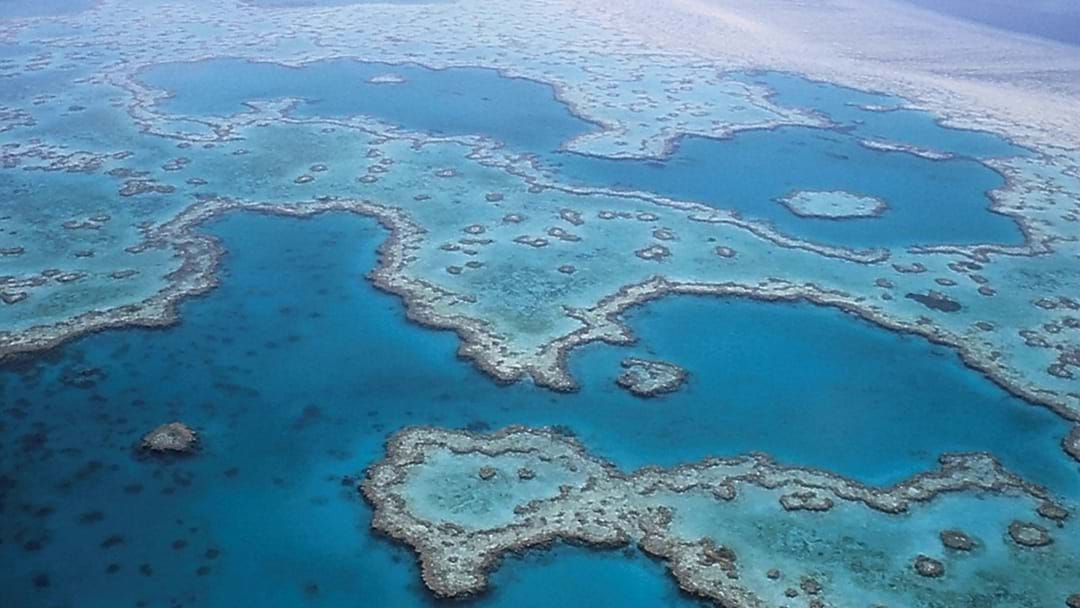Coral Sex Could Be What Saves The Great Barrier Reef
'Promising results'

Image: Pixabay
In a “pioneering” world first project, scientists have successfully transplanted coral from one section of the Great Barrier Reef to another, sparking hopes the deteriorating ecosystem may be revitalised.
Southern Cross University researcher Professor Peter Harrison co-discovered the phenomenon of mass coral spawning or “sex on the Reef” some 30 years ago, and he reckons it could now be what accelerates the regrowth of Australia’s natural wonder.
“This pilot study carried out on Heron Island shows that our new techniques to give corals a helping hand to conceive and then settle, develop and grow in their natural environment can work on the Great Barrier Reef,” he said.
“The success of this new research not only applies to the Great Barrier Reef but has potential global significance – it shows we can start to restore and repair damaged coral populations where the natural supply of coral larvae has been compromised.”


Image: Pixabay
During the November 2016 coral spawning, Professor Harrison and his team travelled to the Great Barrier Reef’s Heron Island for the Australian-first trial.
They collected vast quantities of coral eggs and sperm during mass spawning, using them to grow more than a million coral larvae, and then delivered the larvae onto reef patches in underwater mesh tents.
Twelve months on Professor Harrison’s team returned to Heron Island during the November 2017 mass spawning event to discover that the surviving juvenile corals had successfully established themselves on the Reef.
“The results are very promising and our work shows that adding higher densities of coral larvae leads to higher numbers of successful coral recruits,” Professor Harrison said.
The pioneering pilot project was made possible through a donation to the Great Barrier Reef Foundation from the former chairman of Goldman Sachs, Australia and New Zealand, Stephen Fitzgerald, who is now based in the UK.
Based on the success of the 2016 pilot project funded by the Great Barrier Reef Foundation, the Australian Government is now investing funds to advance Professor Harrison’s larval reseeding research, including investigating techniques to scale up the delivery method to apply on a larger scale and pioneering the collection of natural spawn slicks for restoring the Reef.